When it comes to durable and reliable piping solutions, HDPE pipe dia (diameter) and 2 in poly pipe are key specifications that contractors and engineers frequently consider. These pipes are widely used in water supply, irrigation, gas distribution, and industrial fluid transfer due to their excellent performance, flexibility, and corrosion resistance.
What Is HDPE Pipe Dia?
HDPE pipe dia refers to the outer diameter of the high-density polyethylene pipe. It determines the pipe’s compatibility with fittings and its hydraulic performance. HDPE pipes are available in a wide range of diameters, from small sizes like 20mm up to large diameters of 1200mm or more.
For example:
20mm – 63mm: Ideal for residential water supply and small-scale irrigation.
75mm – 160mm: Suitable for urban water supply and drainage.
200mm and above: Commonly used in industrial projects and municipal pipeline systems.
Understanding the correct HDPE pipe dia ensures proper pressure rating (SDR) and connection compatibility, especially when using methods like butt fusion or electrofusion.
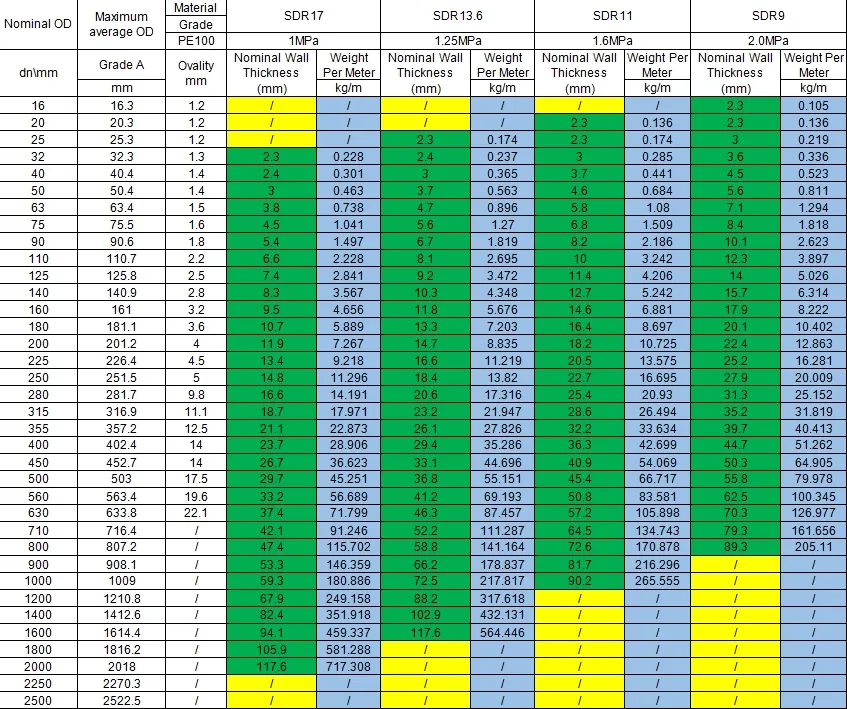
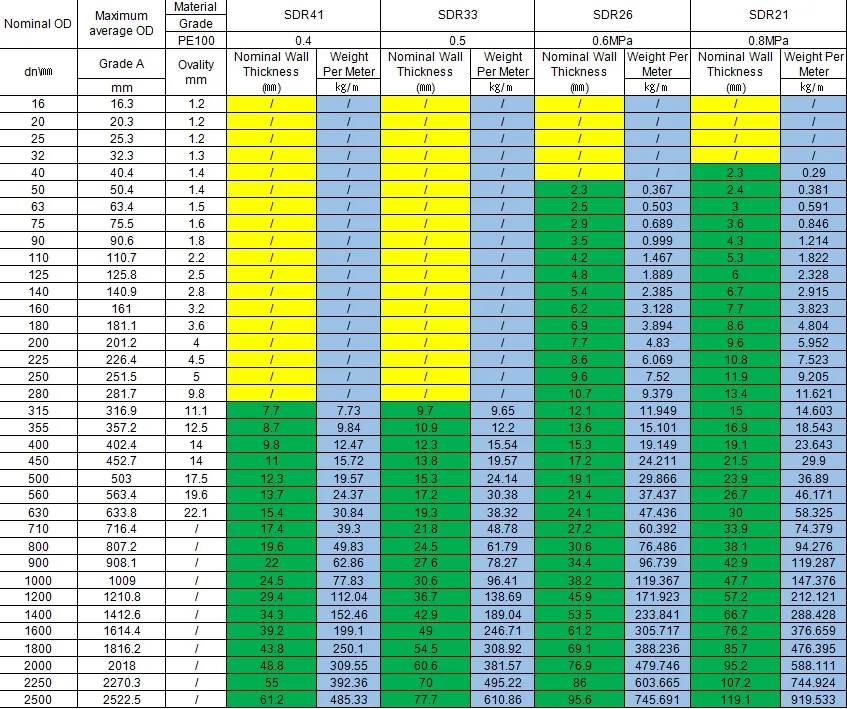
Why Choose 2 Inch Poly Pipe?
The 2 inch poly pipe (approximately 50mm outer diameter) is one of the most versatile sizes in the market. It offers a perfect balance between flow capacity and flexibility. Some of the main advantages include:
Medium flow rate: Ideal for transporting water over medium distances in farms, gardens, and construction sites.
Easy installation: Lightweight and flexible, making trenching and laying hassle-free.
Durability: UV resistant and can withstand harsh weather conditions.
Cost-effective: Lower installation and maintenance cost compared to metal piping.
Depending on the application, you can choose between PE63 , PE80 , or PE100 materials for different pressure requirements.
Technical Insights: Pipe Thickness and SDR
The pressure performance of a 2 in poly pipe is often defined by its SDR (Standard Dimension Ratio). Common SDR ratings include:
SDR11: Suitable for high-pressure systems (PN16).
SDR17: Used for medium-pressure systems (PN10).
SDR21/26: Cost-effective choice for low-pressure systems like irrigation or drainage.
Application Scenarios
| Application Field | Why Use 2" HDPE Pipe |
| Agricultural Irrigation | Easy to deploy across long distances |
| Construction Sites | Temporary water lines and drainage |
| Residential Plumbing | Reliable for main water line connections |
| Industrial Fluid Transfer | Resistant to chemicals and abrasives |
Connection Options
For joining 2 inch HDPE pipes , the most common methods include:
Butt Fusion
Electrofusion Coupling
Compression Fittings
Flanged Connections
Choosing the right connection method ensures leak-free operation and long service life.
FAQ
Q1: What is the standard diameter of a 2 inch poly pipe in mm?
A: The outer diameter of a 2 inch poly pipe is typically around 63mm.
Q2: Can I use 2 inch HDPE pipe for potable water?
A: Yes, if the pipe is made from food-grade PE100 material and certified for drinking water use.
Q3: What pressure can a 2 inch HDPE pipe handle?
A: It depends on the SDR rating. For example, SDR11 can handle up to 16 bar (PN16).
Q4: Is it easy to install 2 inch poly pipe underground?
A: Yes. The pipe is lightweight, flexible, and does not require heavy machinery for installation.
Q5: Are HDPE pipes UV resistant?
A: Yes, black HDPE pipes contain carbon black which protects them from UV degradation.
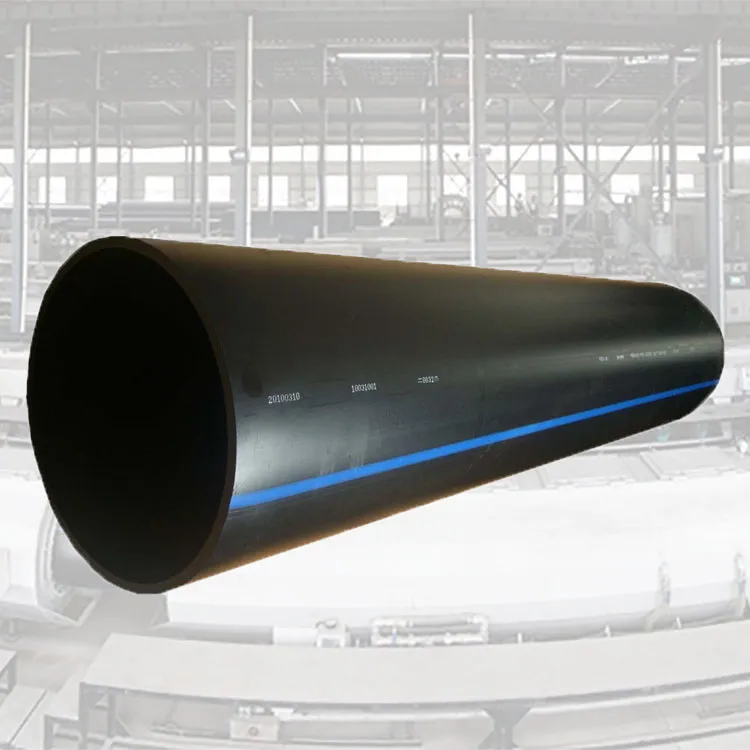
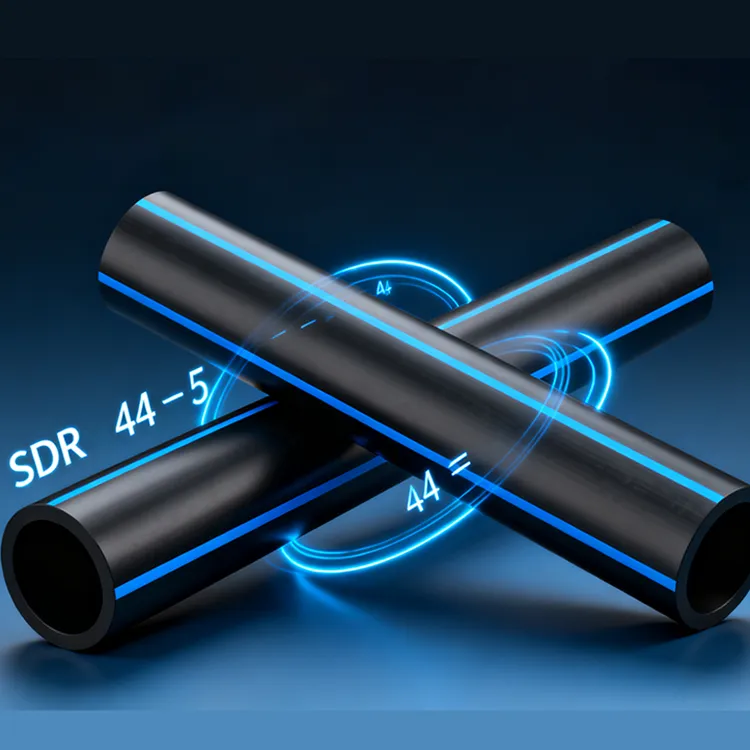
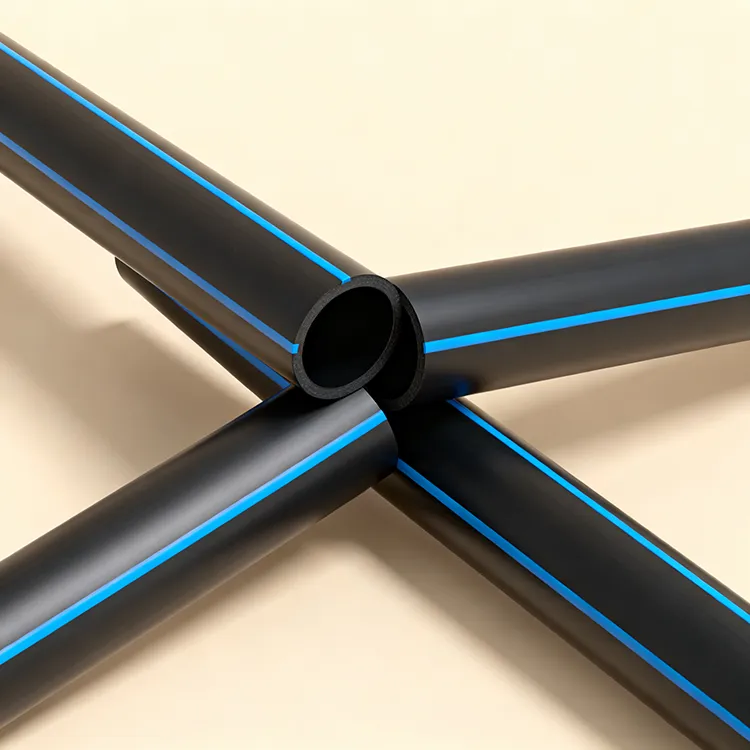
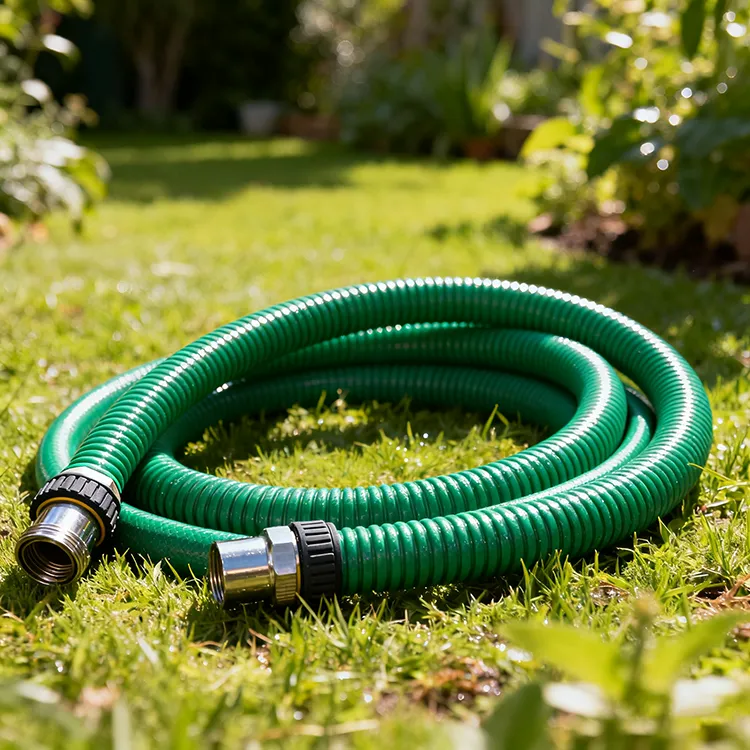
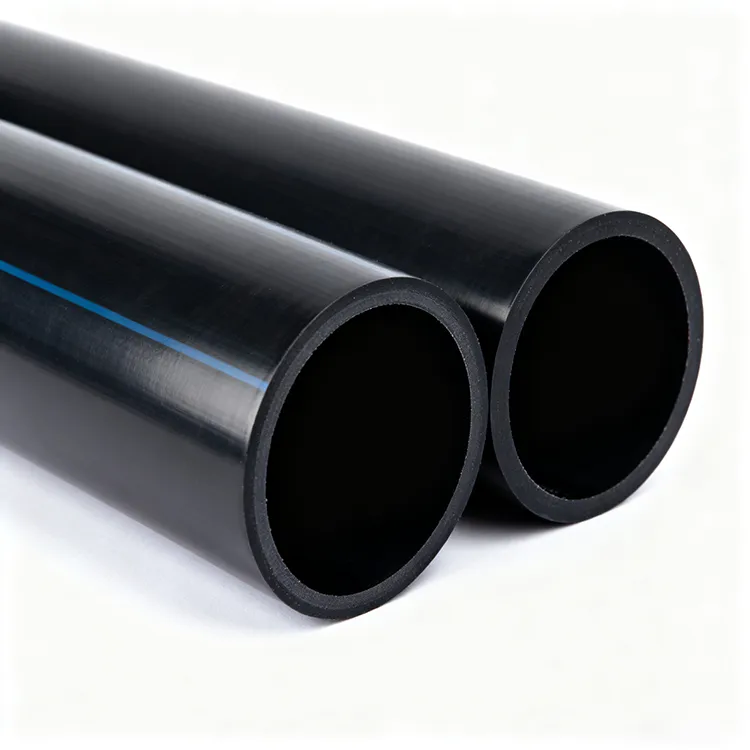
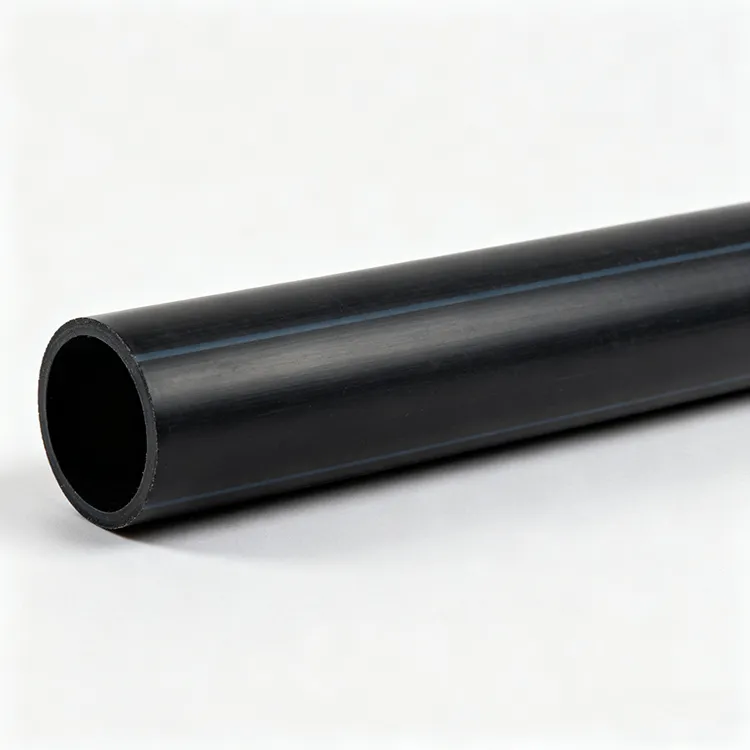
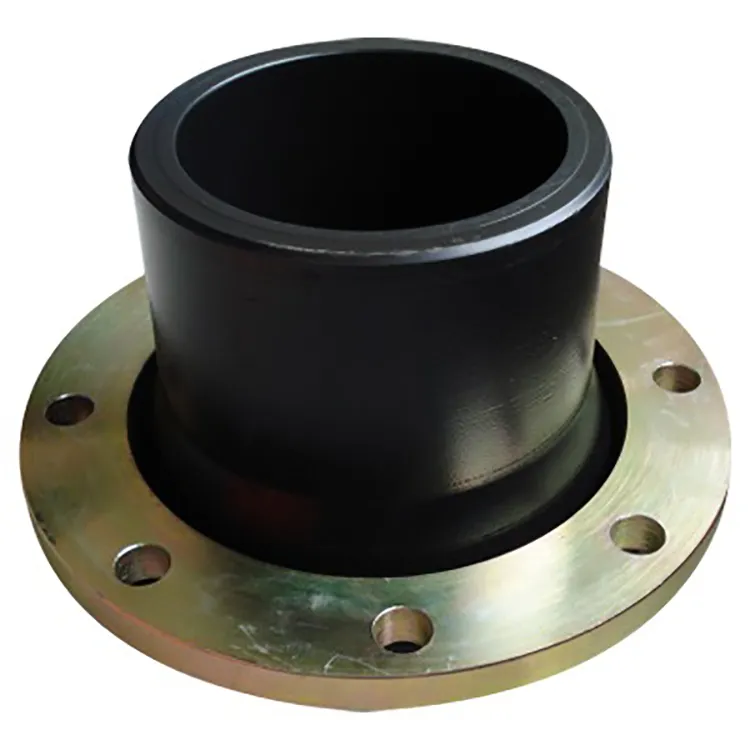
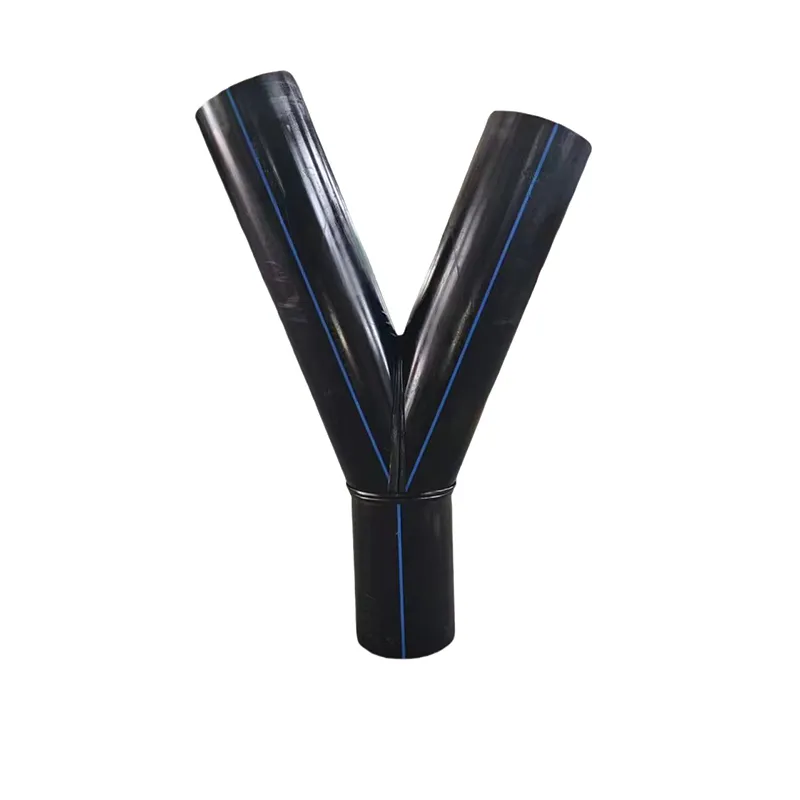
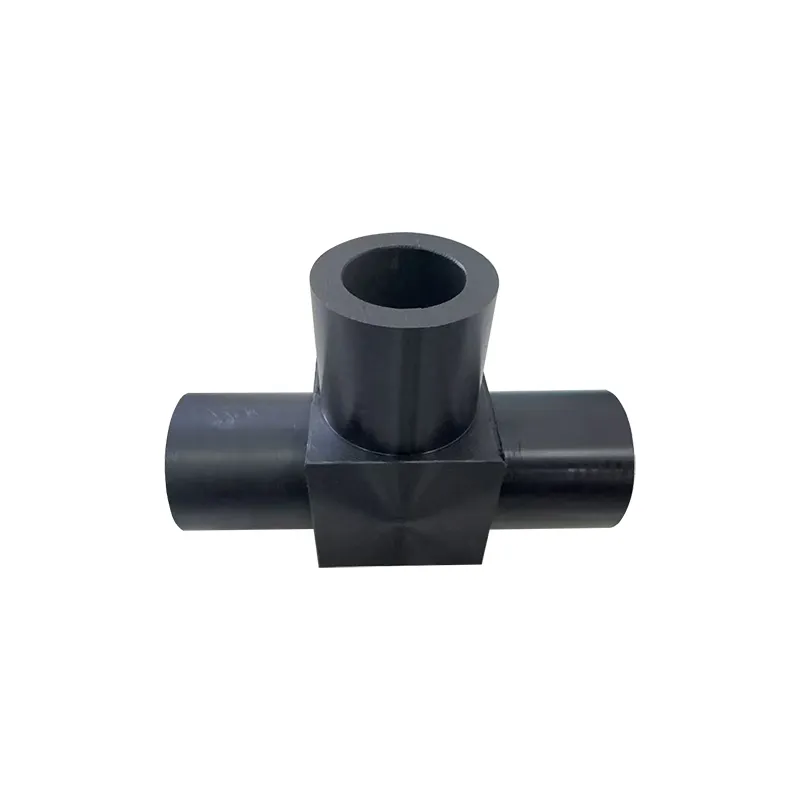
659.webp)
210.webp)
328.webp)
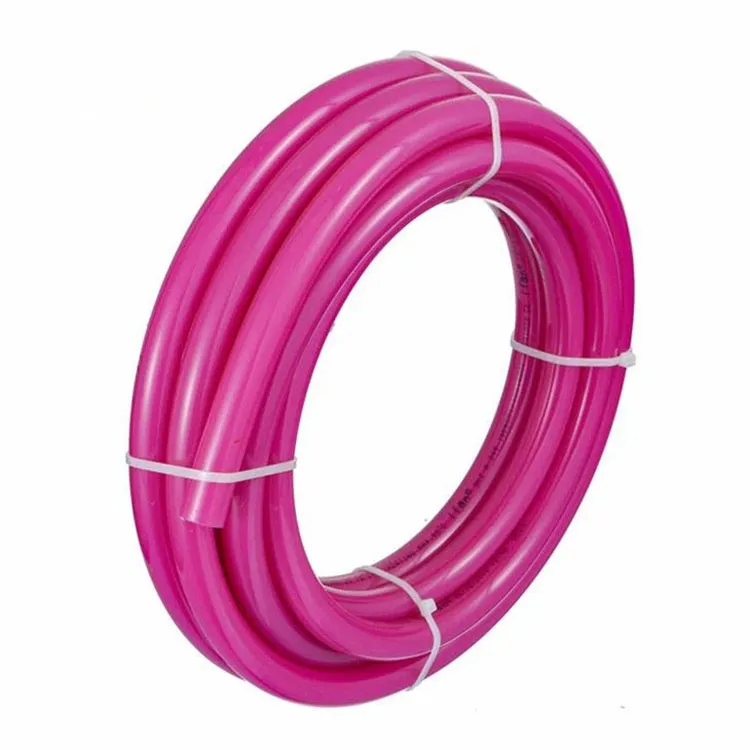
294.webp)
476.webp)


